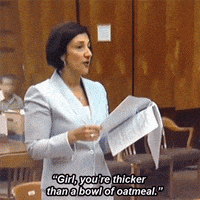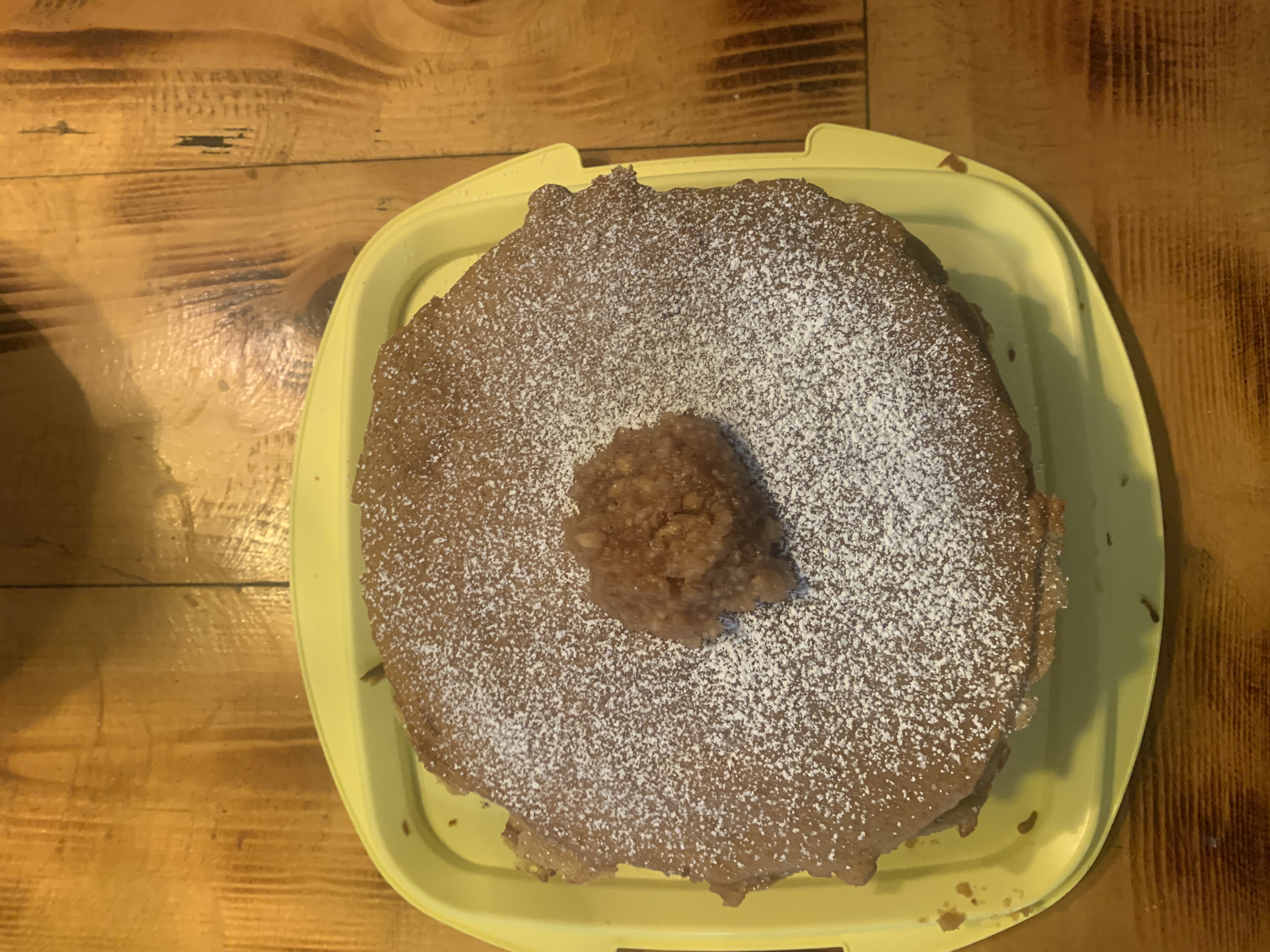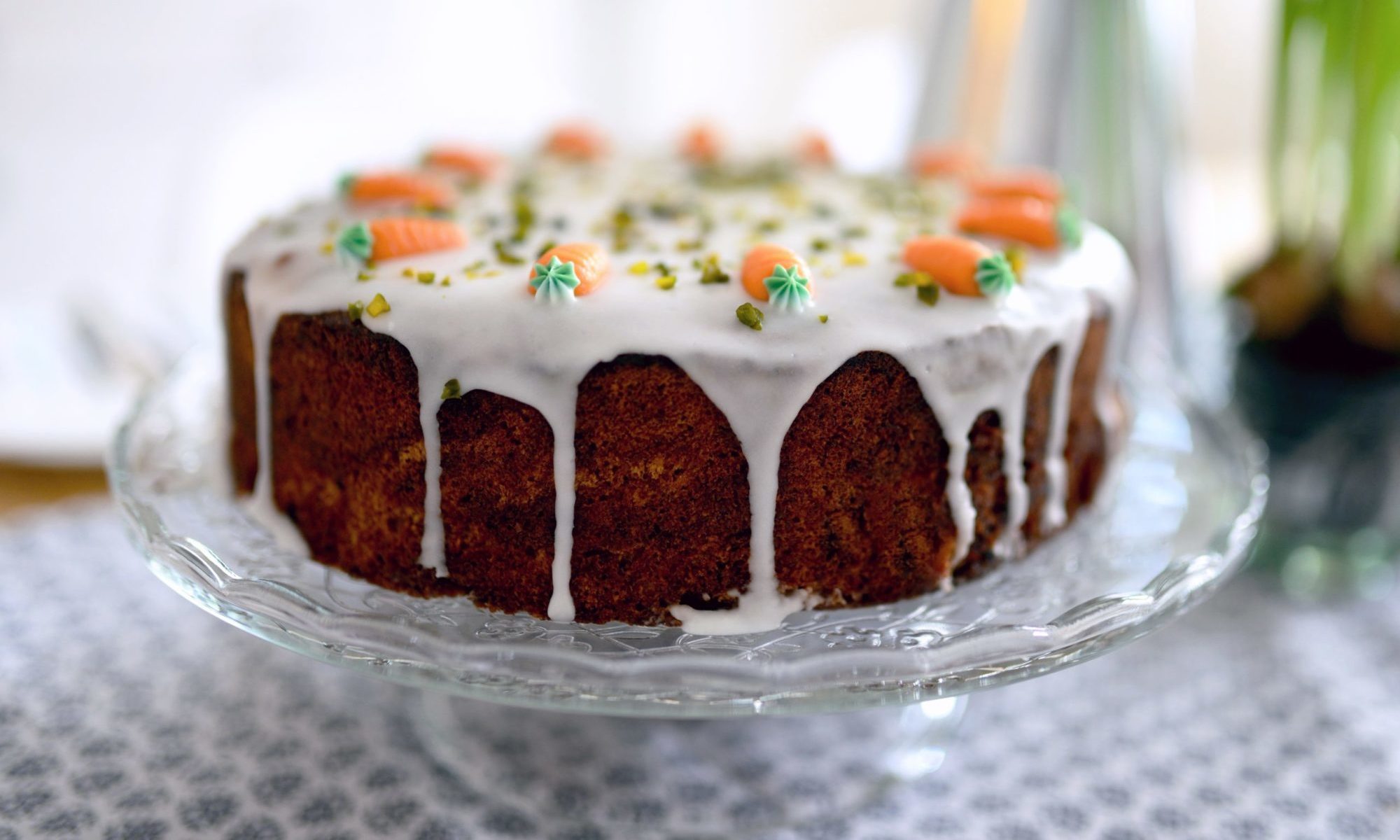Now that it’s week 4, I wanted to go into something completely different. Something with a pedigree you can track, and if it has a nice historical story, all the better. Enter the Apple Stack Cake.
The Apple Stack Cake is an Appalachian desert with a long history. Mark F. Sohn traces the history of the cake to 1774 when colonist and farmer James Harrod brought the stack cake to Kentucky from Pennsylvania. That being said, flour did not become readily available in the region until the mid-19th century, so the cake didn’t spread widely until that time. Traditionally, the story is that it is used as a wedding cake where every attendee would brig a layer of the cake. Thus, the taller the cake, the more beloved those getting married (or at least, the bigger their power to draw a crowd to their event).
Plus, this isn’t a traditional cake. It’s tall. It has a filling. It has no icing. So I took this recipe from the Simply Appalachian website that they in turn took from United Cakes of America: Recipes Celebrating Every State by Warren Brown.
So, here’s the thing about making this cake. It uses my least favorite cake making ingredient: molasses. And it’s not that I don’t like the taste of molasses; I think it’s fine. Rather, the problem with molasses is it makes everything sticky. And sticky is my least favorite feeling. I’d rather be on fire than sticky.

Now that I’ve got this out of the way, the other thing is that this cake wants to be everything but a cake. Yes, it turns into a cake, but along the way, it is a cookie, a pastry, and a pie.

Putting molasses in this cake drips and glops everywhere. It gets on the cutting board, on the cabinets, on the outside of the mixer. Little drips and drabs that spread and become sticky like a caramel glue. But its not all molasses. This dough comes together in a really thickly.

The batter ends up being less cakey and becomes more like cookie dough. Once all the buttermilk, flour, eggs, molasses, butter, sugar, and spices come together, it’s wrapped up and put in the fridge. Then when the cookie comes out of the fridge, it needs to be divided into layers (I did 7), and then rolled into 9-inch rounds. This is when the tyranny of molasses struck again. The cake didn’t want to stay on the parchment; it wanted to roll around my wooden rolling pin. I struggled through it at first by trying to spray oil on everything: the rolling pin, my hands, the cake. This worked okay, but trying to cut off the excess was turning into somewhat of a soupy mess.
Then it hit me: if this cake thought it was a cookie at first, maybe it thinks it’s a pastry now. So I slung it back in the fridge, and it became much easier to work with. So it became freezer, spray the pin, spray my hands, pat it flat, roll the dough out, trim the excess, put the excess in the middle of the round, clean the pin, clean my hands, dry everything off, start again. You need a place to store the rounds while working on the next one. Then they cook for a very brief ten minutes as they brown quickly into thin cakes.
After that, there is making the filling. I read through my ingredients to make sure I had everything, but using a down home recipe means that sometimes ingredients come in volume and some of them come in weight. As I’m a weight based baker, I just gritted my teeth and thought of England to get through it. But it wasn’t until I got to making the filling that I realized that it called for 8-12 cups of dried apples. That’s a range of 50%. I didn’t want to be short on apples, so I went the full 12. Toss in more spices, molasses, and two pounds of sugar, and then grind it down into a paste.

It also made a ton, so I have loads of extra apple filling (applesauce?) left.


It took a while to get it down, but then it’s a pretty simple. Each stack gets put on the plate and then about 1.5 cup goes on each stack. Repeat, topping with the last layer. Top with powdered sugar. Then wham the whole thing in the fridge for the filling to set.
How was it? Okay, so this cake thought it was a cookie…then it became the dough diva like a pastry. So in taste, it became a pie. It was gooey and tasted like fall, and was really soft. The paste made the interior layers soft with only the outer parts and the top maintaining a true “cake” consistency. It seemed like it would go great with a scoop of vanilla ice cream. I was a big fan. And now that I know that this chameleon cake is a little bit of a diva, I would definitely make it again.





